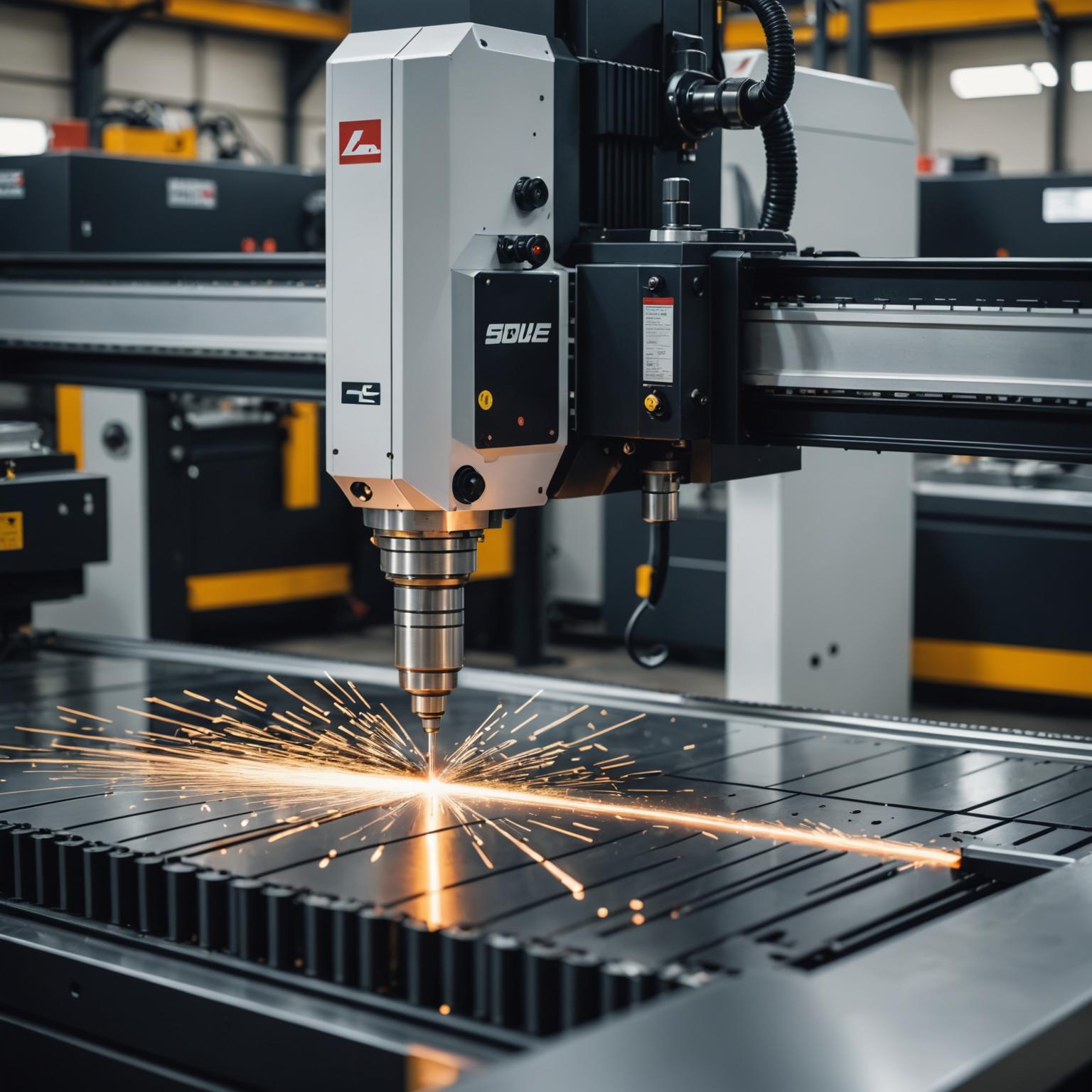Transforming Spaces with Precision: A Guide to Laser Cutting Stainless Steel
Creating a striking and lasting impression in design often involves a perfect marriage of material and method. For architects, designers, and fabricators, the ability to produce a laser cut stainless steel sheet with designs opens up a world of creative possibilities. This advanced manufacturing technique leverages the inherent strength and beauty of stainless steel, allowing for the creation of incredibly intricate and durable pieces. Whether for architectural facades, interior decor, or custom industrial components, understanding how to harness this technology is key to turning ambitious visions into reality. This guide will walk you through the process, from initial concept to the finished, high-quality product, showcasing how modern machinery makes complex designs more accessible than ever.

Why Choose Stainless Steel for Your Design Projects?
Stainless steel is a premier choice for projects that demand both aesthetic elegance and robust performance. Its popularity stems from a unique combination of properties. First and foremost is its exceptional corrosion resistance, which ensures that designs remain pristine even when exposed to harsh weather or environmental conditions. This makes it ideal for both outdoor installations and indoor applications where longevity is crucial. Furthermore, stainless steel is incredibly strong and durable, capable of withstanding physical impact without deforming. Its non-porous surface is hygienic and easy to clean, a significant benefit for applications in public spaces, kitchens, and healthcare environments. Aesthetically, it offers a sleek, modern look that can be enhanced with various finishes, such as brushed, polished, or mirrored, allowing it to complement any design language. These qualities make it the perfect canvas for detailed laser cutting.
Understanding the Core Technology: How Laser Cutting Works
The magic behind creating a laser cut stainless steel sheet with designs lies in the precision of Computer Numerical Control (CNC) technology. Modern fiber laser cutting machines are masterpieces of engineering, designed for unparalleled accuracy and efficiency. The process begins with a high-intensity laser beam, generated by a state-of-the-art laser source. This powerful, focused beam of light is directed by a sophisticated laser cutting head onto the surface of the stainless steel sheet. The intense energy of the laser instantly melts, vaporizes, or blows away the material in a very fine, localized area. The CNC system reads a digital design file and guides the cutting head along the precise path, flawlessly recreating the intricate shapes and patterns. Advanced machines are equipped with features like intelligent software for optimizing toolpaths to minimize waste, and advanced cooling and filtration systems to ensure consistent performance and a clean working environment.
A Step-by-Step Guide to Creating Your Laser Cut Masterpiece
Achieving a perfect result requires a methodical approach that bridges the gap between digital design and physical fabrication. The first step is conceptualization and digital design. Your idea must be translated into a vector-based digital file, typically in a format like DXF, DWG, or AI. During this stage, it's important to consider practicalities like line thickness and structural integrity—ensuring no parts are too thin to be structurally sound or become isolated after cutting. The next step is selecting the right material. Stainless steel comes in various grades (like 304 for general purposes or 316 for marine-grade corrosion resistance) and thicknesses. Your choice will depend on the project's specific requirements for strength, environment, and appearance. Once the design and material are chosen, the machine operator sets up the laser cutter. This involves loading the stainless steel sheet onto the machine bed and calibrating the settings—such as laser power, cutting speed, and gas pressure—based on the material's thickness and grade. With the setup complete, the cutting process begins. The machine executes the design with incredible speed and precision, the laser head moving seamlessly across the sheet. The final step is post-processing. After the cutting is finished, the newly created part is carefully removed from the main sheet. While modern laser cutters produce exceptionally clean edges with minimal burrs, a light deburring or cleaning may sometimes be necessary to achieve a perfect finish before the piece is ready for installation or use.
Inspiring Applications for Laser Cut Stainless Steel
The versatility of laser cut stainless steel lends itself to an almost limitless range of applications across various industries. In architecture, it is used to create breathtaking decorative screens, privacy panels, building facades, and intricate balustrades that combine form and function. For interior designers, it offers a way to craft custom wall art, elegant room dividers, unique light fixtures, and bespoke furniture components that serve as statement pieces. In the commercial world, businesses use laser cutting to produce high-end signage, company logos, and retail displays that convey a sense of quality and permanence. Beyond aesthetics, the technology is critical in industrial settings for manufacturing precise components, custom brackets, machinery faceplates, and complex gaskets where accuracy is non-negotiable. This ability to produce a laser cut stainless steel sheet with designs has fundamentally changed what is possible in both creative and technical fields.
The Unmistakable Advantages of Advanced Laser Technology
Opting for advanced laser cutting technology brings a host of benefits that traditional fabrication methods cannot match. The primary advantage is unparalleled precision. Laser cutters can achieve intricate details and tight tolerances that are impossible with manual or mechanical cutting, allowing for complete design freedom. This precision is perfectly repeatable, ensuring that every piece in a production run is identical to the first. Speed is another major factor; these machines can slice through metal rapidly, significantly reducing production times and labor costs. The process results in a superior edge quality with a very small heat-affected zone, which minimizes material distortion and often eliminates the need for secondary finishing processes. Furthermore, the advanced software used to control the machines optimizes the layout of parts on a sheet, maximizing material yield and reducing waste, which is both cost-effective and environmentally conscious. This combination of speed, precision, and efficiency makes it the superior choice for modern manufacturing.








